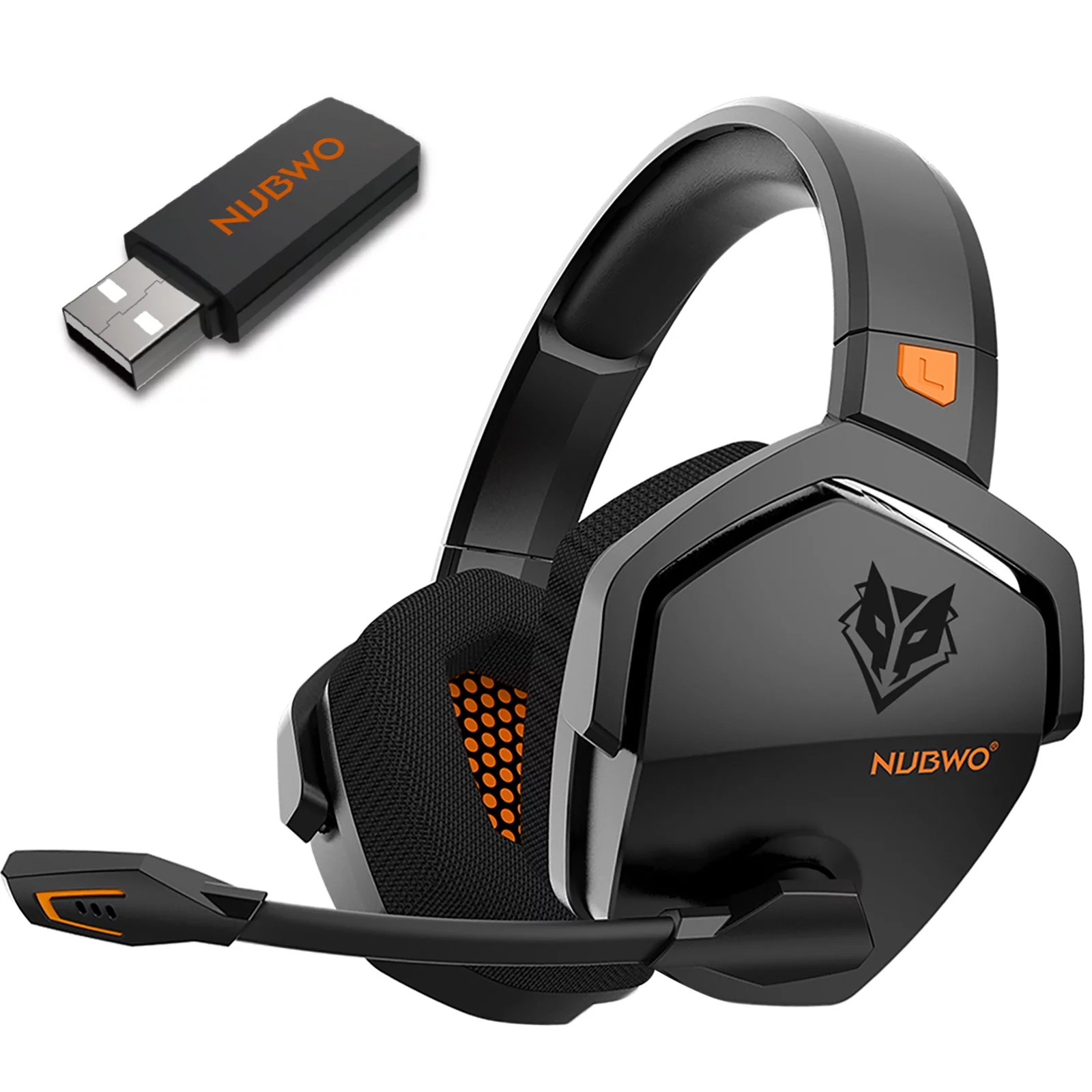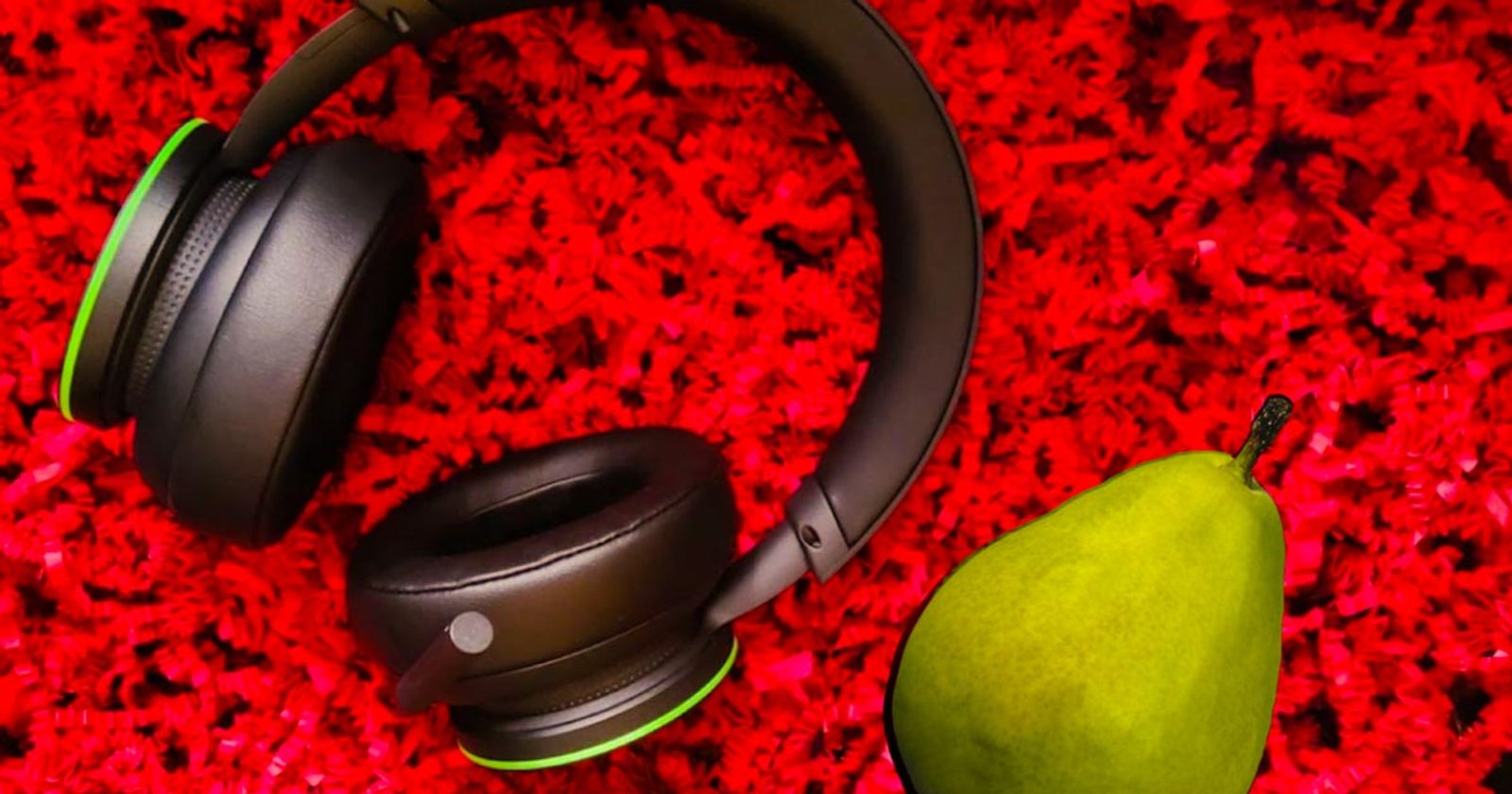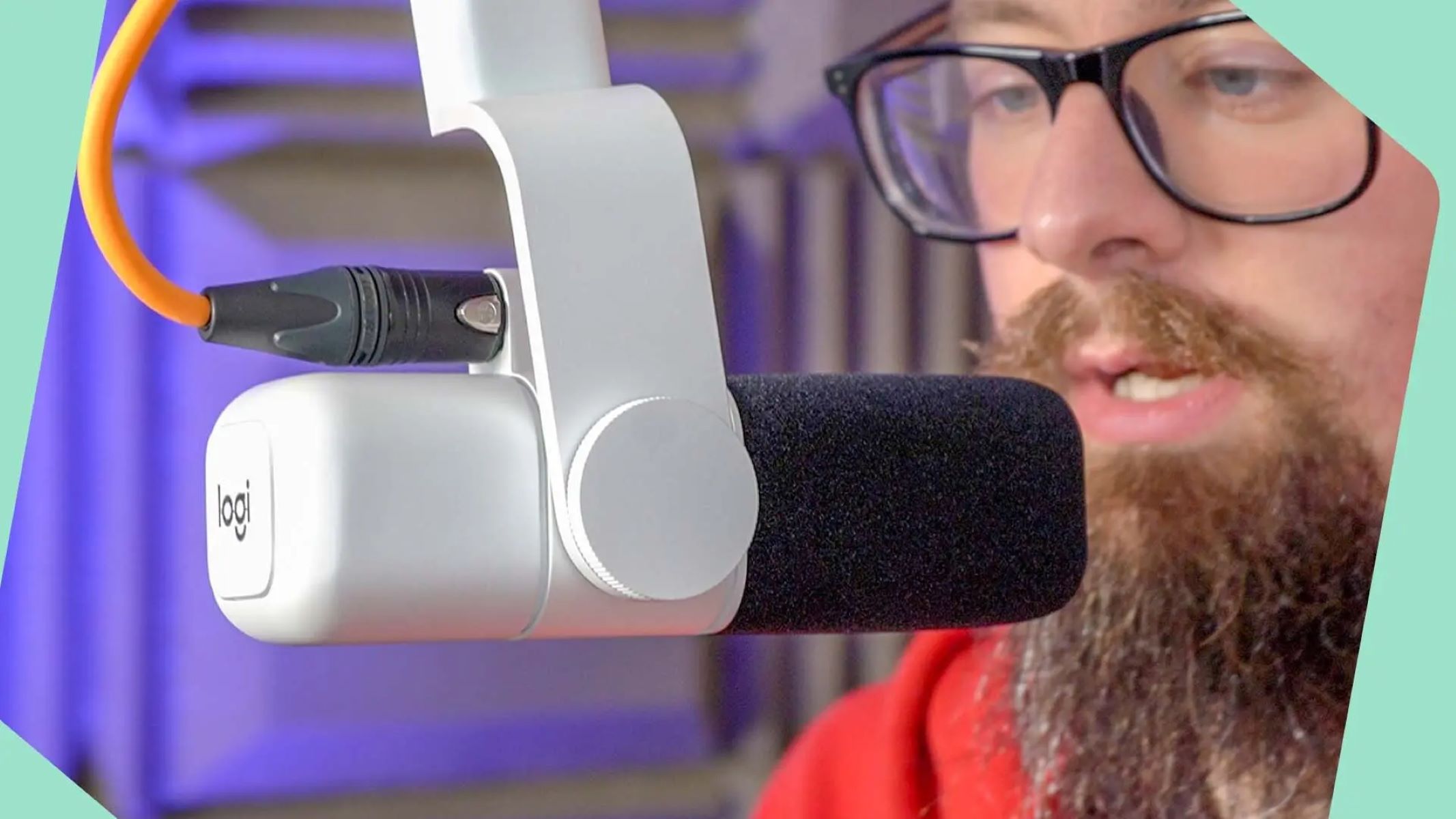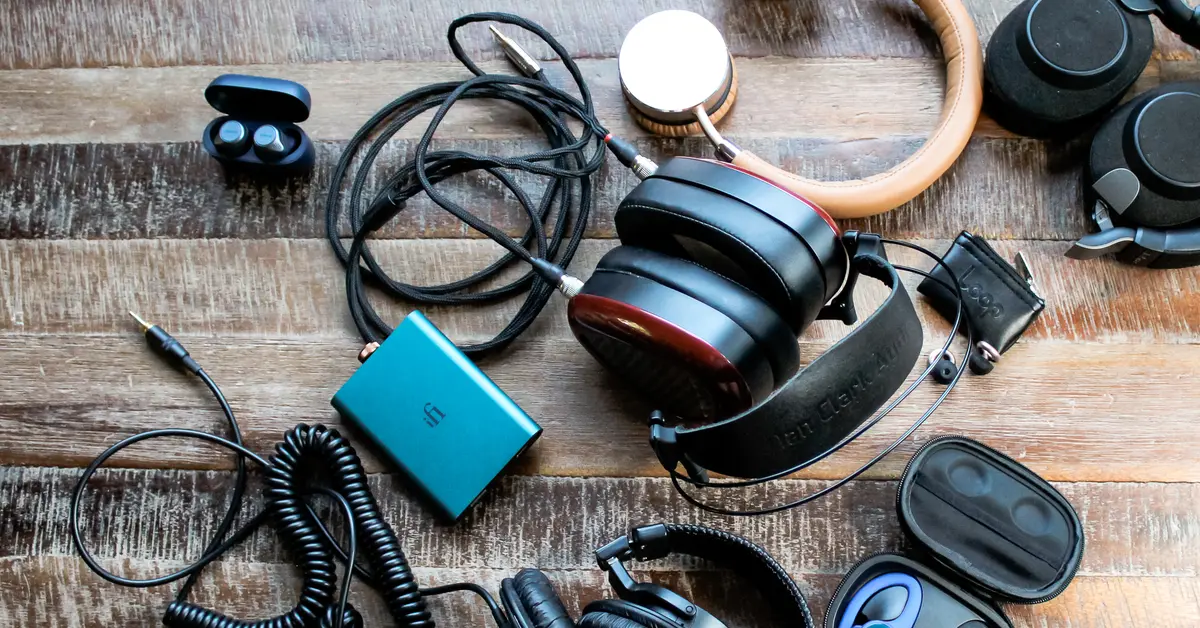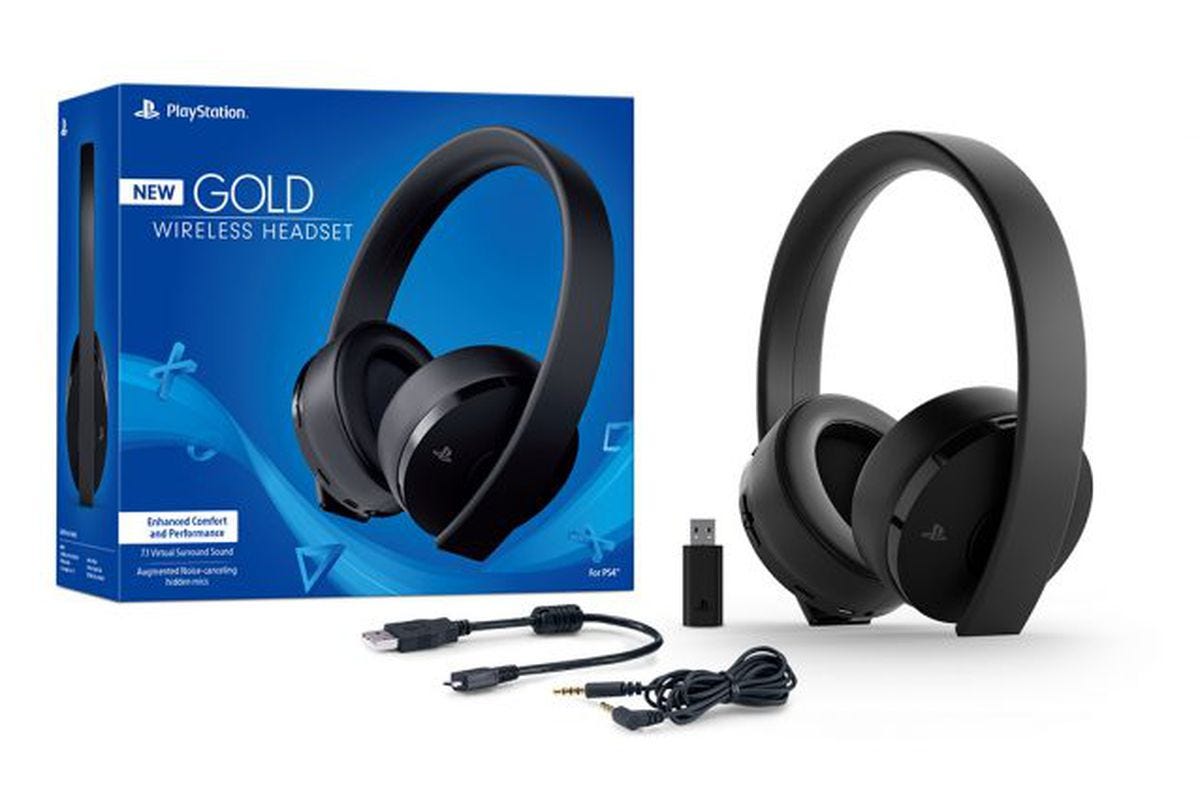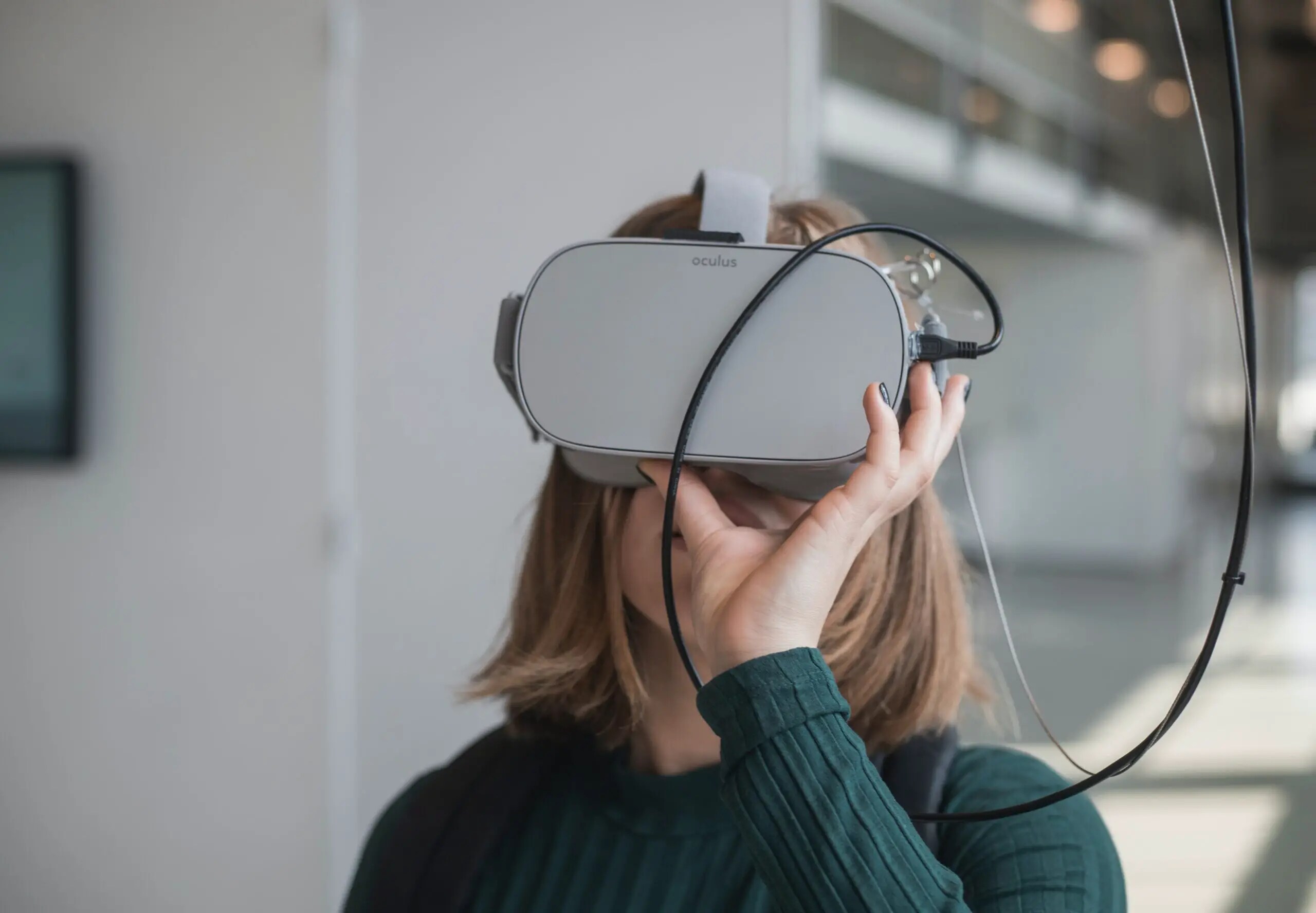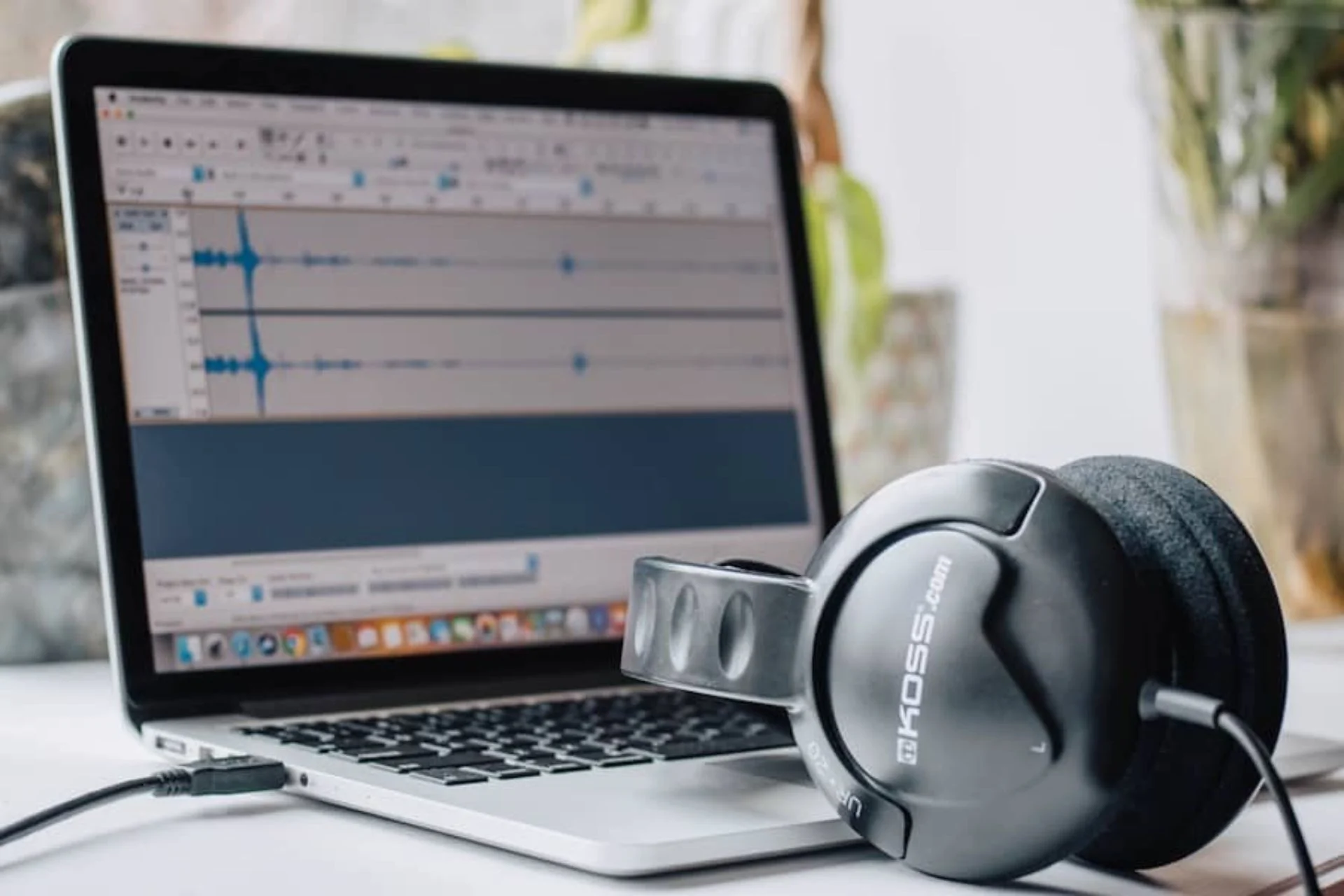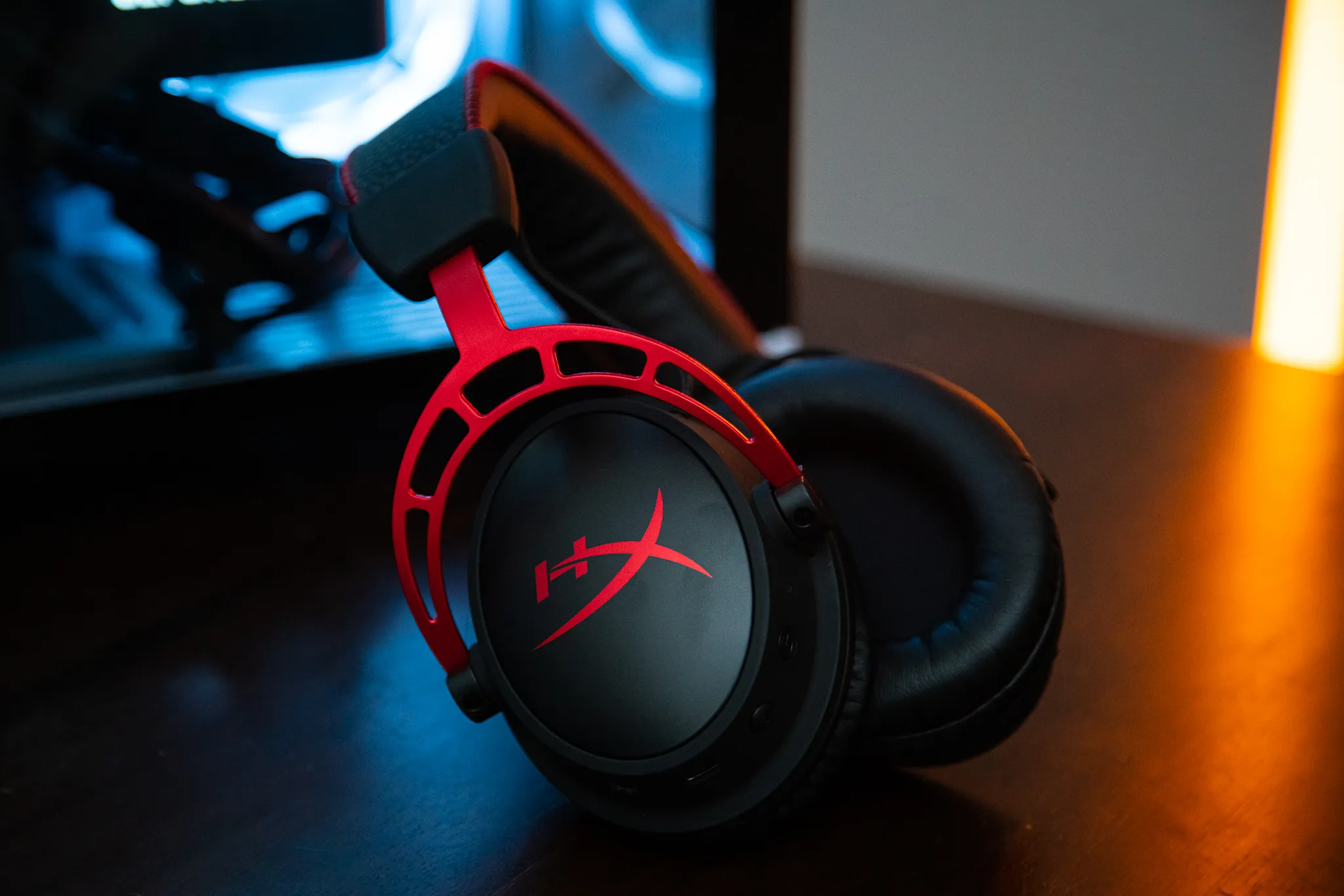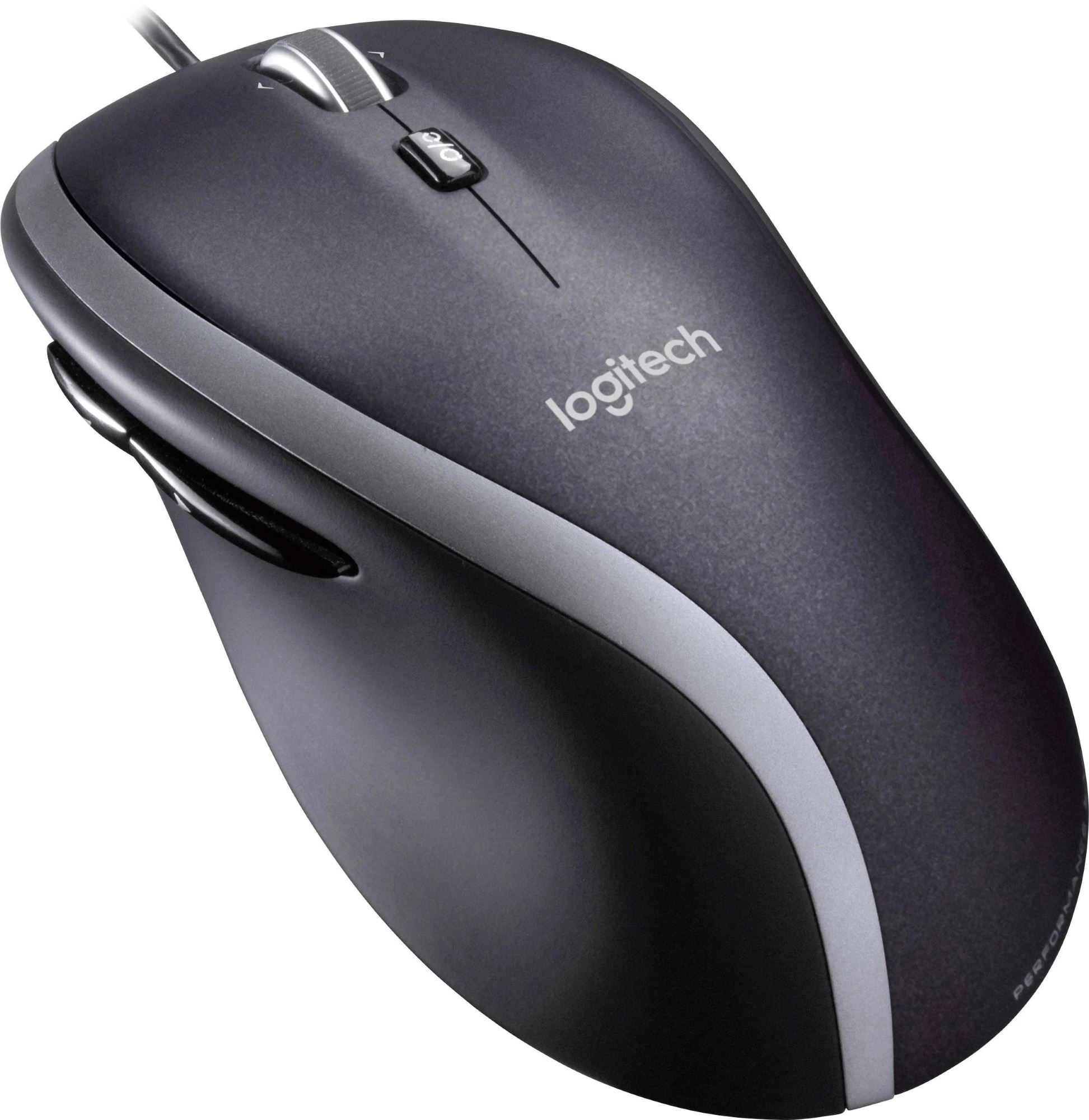Introduction
Setting up and configuring your headset microphone in Windows 10 is essential for seamless communication and enhanced user experience. Whether you're engaging in virtual meetings, gaming, or recording audio, ensuring that your headset mic is properly configured can significantly impact the quality of sound transmission. In this comprehensive guide, we will delve into the intricacies of setting up and optimizing your headset microphone on a Windows 10 system. From checking your headset mic to adjusting mic settings for optimal performance, this article will equip you with the knowledge and tools to make the most of your headset mic.
A well-configured headset mic can make a world of difference in various scenarios. For professionals working remotely, clear and crisp audio during virtual meetings is crucial for effective communication. Gamers rely on their headset mics to strategize and communicate with teammates, making it imperative to have the mic functioning optimally. Additionally, content creators and musicians depend on their headset mics to capture high-quality audio for their projects. Therefore, understanding how to set up and configure your headset mic in Windows 10 is a valuable skill that can enhance your overall digital experience.
Throughout this guide, we will explore the step-by-step process of checking your headset mic to ensure it is properly connected and recognized by your Windows 10 system. We will then delve into the configuration process, providing detailed instructions on how to access and adjust mic settings within the Windows 10 operating system. Furthermore, we will discuss various techniques for optimizing mic settings to achieve the best possible performance, including eliminating background noise and enhancing voice clarity.
By the end of this article, you will have a comprehensive understanding of how to test your headset mic to confirm that it is functioning as intended. Whether you are troubleshooting mic issues or simply aiming to enhance the audio quality of your headset mic, this guide will serve as a valuable resource for achieving optimal results. So, let's embark on this journey to master the art of setting up and configuring your headset mic in Windows 10, empowering you to communicate, collaborate, and create with confidence.
Checking Your Headset Mic
Before diving into the configuration and optimization of your headset microphone, it's crucial to begin by checking its physical and software-related aspects to ensure seamless functionality. Here's a step-by-step guide to thoroughly examine your headset mic:
-
Physical Connection: Start by inspecting the physical connection of your headset mic. Ensure that the headset is properly plugged into the audio jack or USB port on your Windows 10 device. If you are using a wireless headset, make sure it is adequately paired with your computer via Bluetooth or a compatible wireless connection.
-
Device Recognition: Once the physical connection is verified, navigate to the "Sound" settings on your Windows 10 system. Right-click on the speaker icon in the taskbar and select "Sounds." In the "Playback" and "Recording" tabs, look for your headset mic in the list of available devices. If your headset mic is not listed, it may indicate a connection issue or a need for driver installation.
-
Driver Status: Check the device manager to ensure that the drivers for your headset mic are installed and up to date. To access the Device Manager, right-click on the Start button and select "Device Manager" from the menu. Look for your headset mic under the "Audio inputs and outputs" or "Sound, video and game controllers" section. If there are any driver-related issues, such as missing or outdated drivers, it may affect the functionality of your headset mic.
-
Microphone Test: Windows 10 provides a built-in microphone test feature that allows you to check the functionality of your headset mic. Right-click on the speaker icon in the taskbar, select "Open Sound settings," and then click on "Device properties" under the "Input" section. From there, you can initiate a test to ensure that your headset mic is capturing sound effectively.
-
Physical Inspection: Lastly, perform a visual inspection of your headset mic to ensure that the microphone boom is not damaged or obstructed. Clear any debris or obstructions that may affect the performance of the microphone.
By thoroughly checking these aspects, you can ensure that your headset mic is physically connected, recognized by your Windows 10 system, equipped with the necessary drivers, and functionally operational. This preliminary assessment sets the stage for the subsequent configuration and optimization steps, allowing you to address any potential issues before proceeding further.
Now that we have verified the physical and software-related aspects of your headset mic, we can proceed to the next phase of configuring and optimizing the mic settings within the Windows 10 operating system.
Configuring Your Headset Mic in Windows 10
Configuring your headset mic in Windows 10 involves accessing and adjusting the system settings to ensure optimal performance and seamless integration with various applications. Here's a detailed walkthrough of the configuration process:
-
Accessing Sound Settings: To begin the configuration, right-click on the speaker icon located in the taskbar and select "Open Sound settings." This will open the Sound settings window, providing access to the audio input and output configurations.
-
Selecting Input Device: Within the Sound settings, navigate to the "Input" section, where you can choose the input device for recording audio. Here, you should be able to select your headset mic from the list of available input devices. If your headset mic is not displayed, ensure that it is properly connected and recognized by your system.
-
Adjusting Input Volume: Once your headset mic is selected as the input device, you can adjust the input volume to set the appropriate level for capturing sound. Use the volume slider to increase or decrease the input volume based on your preferences and the specific requirements of your use case.
-
Configuring Additional Settings: Windows 10 provides access to additional settings for the input device. By clicking on "Device properties" under the input device, you can access advanced configurations such as microphone enhancements, sample rate, and bit depth. Depending on your headset mic model and personal preferences, you can explore these settings to fine-tune the audio input parameters.
-
Enabling Microphone Access: In some cases, certain applications may require explicit permission to access the microphone. To ensure seamless functionality across various applications, navigate to the "Microphone privacy settings" and verify that the microphone access is enabled for the applications where you intend to use your headset mic.
-
Testing Configuration: Once you have adjusted the input volume and explored additional settings, it's essential to test the configuration to ensure that your headset mic is functioning as intended. You can use the built-in microphone test feature within the Sound settings or utilize third-party applications to record and playback audio, allowing you to verify the quality and performance of your headset mic.
By following these steps, you can effectively configure your headset mic within the Windows 10 environment, ensuring that it is recognized as the input device, adjusting the input volume, exploring advanced settings, enabling microphone access for applications, and performing thorough testing to validate the configuration. A well-configured headset mic lays the foundation for clear and reliable audio input, enhancing your communication, gaming, and content creation experiences on Windows 10.
Adjusting Mic Settings for Better Performance
Optimizing the settings of your headset mic can significantly enhance its performance, ensuring clear and high-quality audio transmission. Windows 10 provides a range of configurable options that allow you to fine-tune the mic settings to suit your specific needs. Let's delve into the detailed process of adjusting mic settings for optimal performance:
1. Noise Suppression and Cancelation
Windows 10 offers built-in features for noise suppression and cancelation, which can effectively reduce background noise and improve the clarity of your voice. Access the microphone properties within the Sound settings and navigate to the "Enhancements" tab. Here, you can enable "Noise suppression" and "Acoustic echo cancelation" to minimize unwanted ambient sounds and echo, resulting in a cleaner audio input.
2. Microphone Sensitivity
Adjusting the microphone sensitivity can help fine-tune the responsiveness of your headset mic to capture sound. Within the microphone properties, you can modify the sensitivity levels to ensure that the mic adequately captures your voice without picking up excessive background noise. By finding the optimal sensitivity setting, you can achieve a balanced audio input that focuses on your voice while minimizing surrounding distractions.
3. Sample Rate and Bit Depth
Windows 10 allows you to configure the sample rate and bit depth of your headset mic, offering greater control over the audio input parameters. Access the advanced settings within the microphone properties to adjust the sample rate and bit depth based on your preferences and the capabilities of your mic. Experimenting with these settings can result in improved audio fidelity and accuracy, especially for tasks that require high-quality audio recording.
4. Real-Time Monitoring
Enabling real-time monitoring for your headset mic allows you to listen to the audio input in real time, providing immediate feedback on the captured sound. This feature can be particularly useful for adjusting mic positioning, evaluating the impact of mic settings adjustments, and ensuring that the audio input meets your desired standards. Real-time monitoring empowers you to make on-the-fly adjustments to optimize the audio input without the need for repeated testing.
5. Equalization and Voice Enhancement
For users seeking to fine-tune the tonal characteristics of their voice and enhance vocal clarity, Windows 10 offers equalization and voice enhancement options within the microphone properties. By accessing these settings, you can customize the frequency response of your voice, adjust the equalizer levels, and apply voice enhancement features to achieve a more polished and articulate audio output.
By meticulously adjusting these mic settings within Windows 10, you can elevate the performance of your headset mic, resulting in improved audio quality, reduced background noise, and enhanced voice clarity. These adjustments cater to a diverse range of usage scenarios, including virtual meetings, gaming communication, audio recording, and content creation, ensuring that your headset mic delivers exceptional performance across various applications and activities.
Testing Your Headset Mic
Testing your headset mic is a crucial step in ensuring that it functions optimally and delivers the desired audio quality. By conducting thorough tests, you can verify the performance of your headset mic and make any necessary adjustments to achieve the best results. Here's a comprehensive guide to testing your headset mic in Windows 10:
Built-in Microphone Test
Windows 10 provides a convenient built-in microphone test feature that allows you to assess the functionality of your headset mic. To initiate the test, navigate to the Sound settings by right-clicking on the speaker icon in the taskbar and selecting "Open Sound settings." Under the "Input" section, click on "Device properties," and you will find the option to perform a microphone test. During the test, speak into your headset mic to generate sound input and observe the audio levels and clarity displayed in real time. This test enables you to ascertain whether the mic is capturing sound effectively and whether any adjustments are necessary to optimize its performance.
Recording and Playback
Another effective method for testing your headset mic is to record audio using Windows 10's built-in recording app or third-party recording software. Start by opening the Voice Recorder app or any preferred recording application, and begin speaking into your headset mic. Record a short sample of your voice or any desired audio input. Once the recording is complete, play it back to assess the audio quality, clarity, and presence of any unwanted background noise. By listening to the playback, you can evaluate the performance of your headset mic and identify any areas that may require adjustment.
Application-Specific Testing
If you primarily use your headset mic for specific applications such as video conferencing, gaming, or audio recording, it is essential to conduct application-specific testing. Launch the relevant applications, such as Zoom, Microsoft Teams, Discord, or audio production software, and engage in typical activities that involve using the headset mic. During these activities, pay close attention to the audio input and solicit feedback from others regarding the clarity and quality of your voice. Application-specific testing allows you to assess how well your headset mic performs within the context of your regular usage, ensuring that it meets the requirements of specific applications and scenarios.
Real-Time Communication
Engaging in real-time communication, such as making test calls or participating in voice chats, provides an opportunity to evaluate the performance of your headset mic in live interactions. Initiate test calls using communication platforms or join voice chat channels in gaming environments to actively engage in conversations and observe the reception of your voice by others. This real-time testing allows you to assess the clarity, volume, and overall quality of your voice transmission, providing valuable insights into the performance of your headset mic during interactive scenarios.
By conducting these comprehensive tests, you can gain a thorough understanding of your headset mic's performance and make informed decisions regarding any necessary adjustments or optimizations. Testing your headset mic across various scenarios and applications enables you to fine-tune its settings, address any potential issues, and ensure that it consistently delivers exceptional audio quality and clarity in your day-to-day activities.







